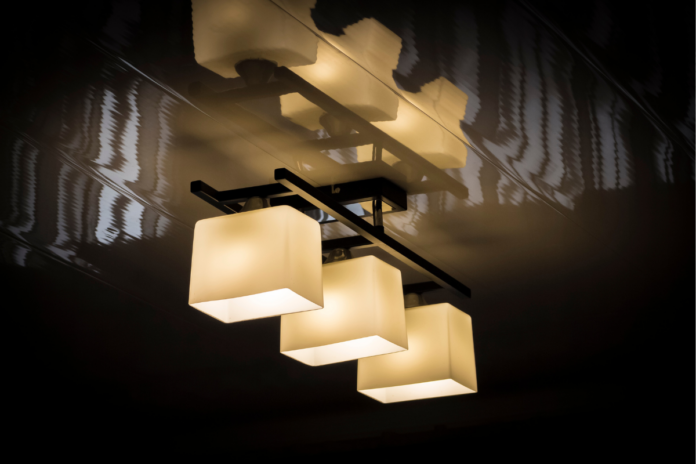Industrial track lighting has become a key feature in modern commercial and industrial spaces. It provides flexibility and efficiency, allowing businesses to highlight specific areas or tasks while also enhancing the overall look of the space. Choosing the right industrial track lighting is important because it affects not only the appearance but also the functionality and energy use of a facility. As industries focus more on combining style and function, the need for well-chosen lighting solutions becomes even more necessary.
When selecting the best industrial track lighting for your space, consider several important factors. This guide will cover key points such as analyzing your space’s needs, comparing different types of track lighting, looking at fixture design and style, and assessing light quality and installation challenges. By considering these factors, you’ll be able to make an informed decision that improves both the practicality and visual appeal of your environment.
Know Your Space
To understand your space, it’s important to evaluate several factors. Start by measuring the area where you’ll install the lighting; knowing the exact size helps determine the right type and number of fixtures. Next, check the current lighting conditions – is there a lot of natural light, or does the space mainly use artificial light? This helps decide the intensity and placement of new lighting.
Also, think about the specific tasks that need lighting – for example, workstations need bright, focused light, while communal areas benefit from softer, ambient light. Consider factors like ceiling height and wall color, which can affect light distribution.
Types of Industrial Track Lighting
When looking at different types of industrial track lighting, you’ll find several options, each with unique features and benefits for various uses. Linear track lighting is a popular choice because it provides consistent light across large areas, making it ideal for warehouses or retail spaces.
Flexible track lighting has bendable tracks, allowing for versatile positioning, perfect for highlighting specific areas or creating unique lighting designs. Pendant track lighting adds a stylish touch with hanging fixtures that can also serve as decorative elements, making them great for showrooms or reception areas.
Fixture Design and Style
When choosing fixtures, it’s important to pick options that are both functional and enhance your space’s look. Industrial track lighting can range from minimalist designs, which are sleek and unobtrusive, to more detailed and ornate styles that stand out as focal points in a room. Minimalist fixtures typically have clean lines and simple finishes, making them perfect for modern, contemporary spaces.
On the other hand, ornate designs may feature detailed craftsmanship and bold materials, adding sophistication or an industrial chic vibe. Consider your existing decor and architectural elements to select fixtures that blend well and improve the overall visual harmony.
Light Quality and Bulb Options
When choosing the right light quality and bulbs for track lighting, there are a few important things to think about. The color temperature of the light affects the mood of your space. Warmer tones create a cozy feel, while cooler tones are better for areas where you need to focus. You should pick the brightness based on what each area needs—brighter for workspaces and softer for relaxing areas.
Energy efficiency is also important. LED bulbs are usually better than halogens because they last longer and use less energy. What’s more, LEDs come in various color temperatures and are popular for many uses. Halogens, though less efficient, give excellent color rendering and produce a natural light spectrum. By knowing these details, you can choose the best lighting to meet both your practical needs and aesthetic preferences.
Installation and Maintenance
Evaluating the installation process and maintenance needs of your chosen track lighting system is a must for practicality and cost-efficiency in the long run. Easy installation means less time and lower labor costs, which is convenient, especially for those with limited technical skills. On the other hand, complex setups might offer more customization but can be more expensive to install initially.
The durability of the fixtures is also important; high-quality materials and sturdy design reduce the need for frequent replacements or repairs. Regular maintenance usually involves cleaning the tracks and replacing bulbs, tasks that should be simple enough to do without professional help. However, some advanced systems may need periodic checks or specialized upkeep to stay in top condition. By considering these factors, you can better determine the overall practicality of your lighting system, ensuring it meets your needs while keeping future costs manageable.
Industrial track lighting is a vital element in commercial and industrial spaces, offering both flexibility and efficiency. The right lighting can enhance the functionality and aesthetic appeal of any environment. By carefully considering factors such as space requirements, fixture design, light quality, and installation challenges, businesses can select the most effective lighting solutions. This approach ensures optimal performance and energy efficiency, creating a well-lit, visually pleasing workspace. Thoughtful selection and maintenance of track lighting systems can significantly contribute to the overall success and productivity of a facility.






